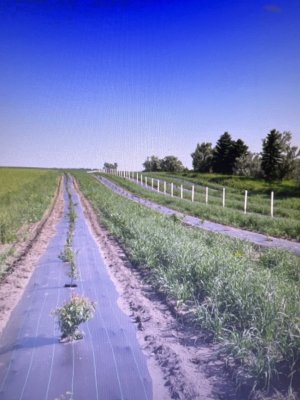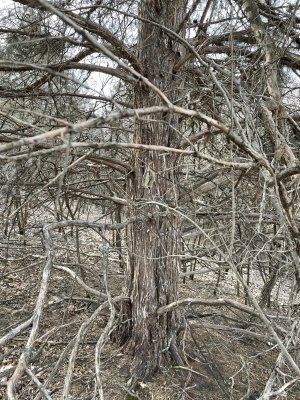Sounds like you're in an arid area west of the Missouri River? For how many you've got, I might look around your area for a pocket where they're growing exceptionally well in the wild, and grab a soil sample. I'd run a real deal soil sample, one that should cost $30+ that will give you every data point the lab offers. Then I'd amend in that direction from where ever your soil currently sits. There are some outstanding red cedar shelter belts in western South Dakota, and they look like about the only thing that'll grow out there. I think there is a key to the soil being less than ideal, kinda the same way thistle can grow in otherwise awful soil.
If you do a conventional amendment program, you might make it even harder for those trees to grow. If you're in russian olive country, I might try to propogate those as well if you're after cover. In South Dakota, ERC is both an invasive and a government sponsored habitat plant. The difference is whether it's growing in the right spot, or the wrong spot.



